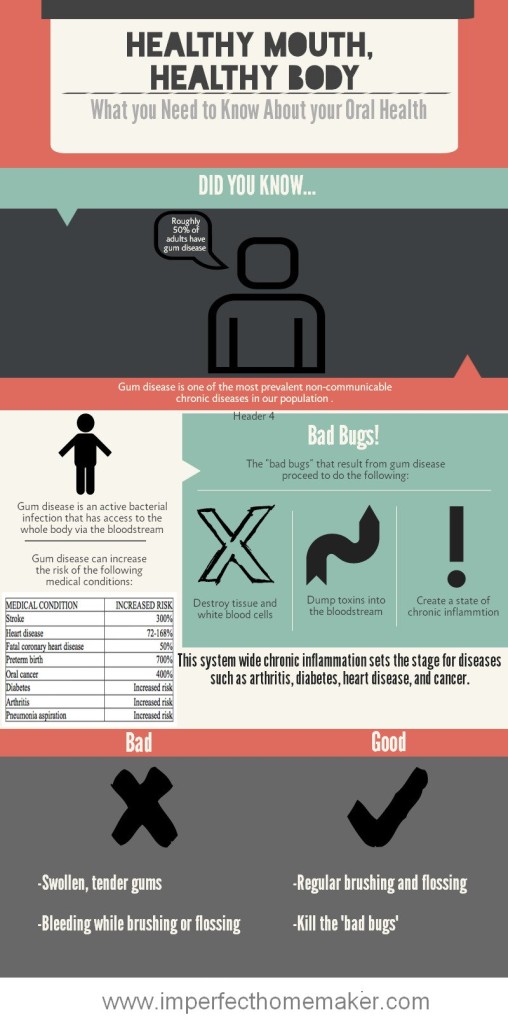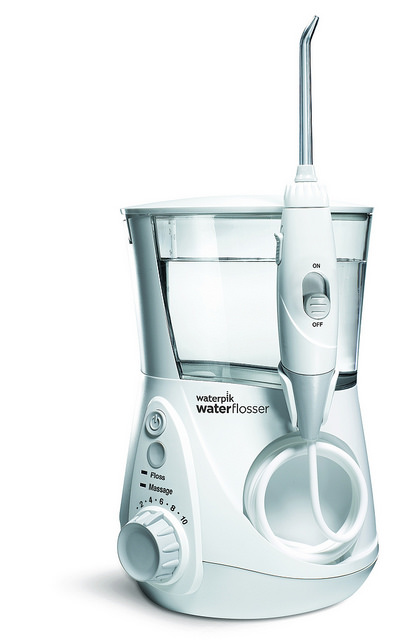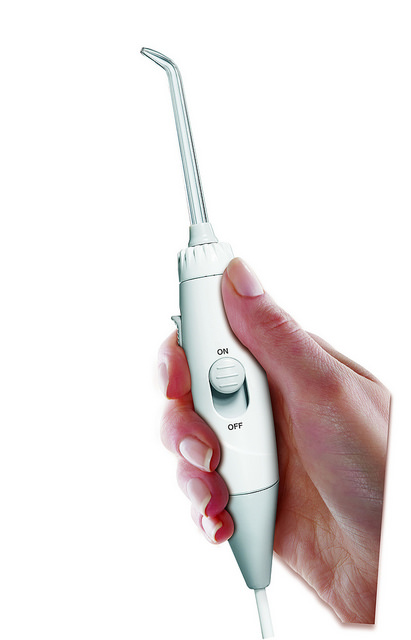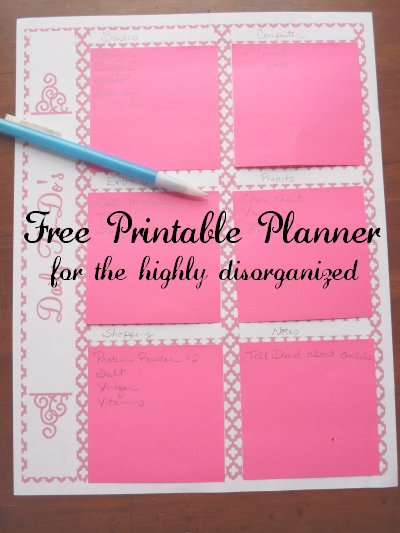This is a sponsored post written by me on behalf of Waterpik.
If you've been reading here for any length of time, you know that I am interested in healthy living. I am always reading, and always trying to learn how to help myself and my family be more healthy.
This is the only body I'll ever have, so I'd better take good care of it. (Click here to tweet this!)
Some of the most recent reading I've been doing is on the topic of oral health. Up until now I have been focusing mainly on diet, sleep, and stress management to strengthen my health. I know I need to exercise more, and I am slowly working on that and getting better little by little.
But a topic that I have not paid much attention to is my oral health.
(If you can't read the infographic, you can click to enlarge.)

I could spend quite a while writing about how oral health affects the health of the entire body, but I'll try to condense it way down into a nutshell version.
When your gums become infested with bacteria due to improper brushing, poor diet, and failure to floss, the bacteria can then move into the bloodstream. These bacteria destroy tissue and white blood cells, dump toxins into the bloodstream, and create inflammation as the body tries to resist. However, this chronic inflammation sets the stage for much worse disease such as heart disease and cancer.
Now, I don't believe that oral health is the only thing that causes disease, but since it can play such a big part I think it's important that it be addressed!
How do you know if you have gum disease?
- Your gums are swollen, puffy, or tender
- Your gums bleed when you brush or floss
- You have receding gums
- Your gums are separating from your teeth, creating pockets
- You have constant bad breath or a bad taste in your mouth
How can you take care of your teeth and gums?
Brush and floss regularly to remove the bacteria from your teeth and gums.
I'll be honest. I have always hated to floss. And sadly, I have not taken very good care of my gums.
My gums are sensitive, and they bleed when I floss.
When I was asked if I wanted to try out a Waterpik Aquarius Professional Water Flosser, I was more than happy to do so. I know I need to take better care of my gums, and I wanted to see if using the Waterpik would be easier than flossing.

The Waterpik Aquarius Professional Water Flosser is clinically proven to improve gum health vs. string floss.
I liked that it didn't hurt my gums or make them bleed like floss does.
It has 7 different tips that you can use based on your personal needs, and you can set it to a higher or lower setting depending on what is comfortable for you.
It also switches between “floss” mode, where the water pulsates, and “massage” mode, to help stimulate circulation.
The switch is right on the handle, making it easy to turn on and off.

So far I have been happy with flossing this way, and I think it's great that the Waterpik gets down underneath the gumline where traditional brushing and flossing cannot reach.
Waterpik is offering free shipping on any product through March 31st with the coupon code FREESHIPWP660.
The Waterpik Aquarius Professional Water Flosser comes with a money-back guarantee as well as a 3 year warranty.
How is your oral health? Do you need to work on keeping those bacteria at bay so they cannot move on to other parts of your body? Do you think a Waterpik would make it easier for you to floss regularly?
This is a sponsored post written by me on behalf of Waterpik.

















